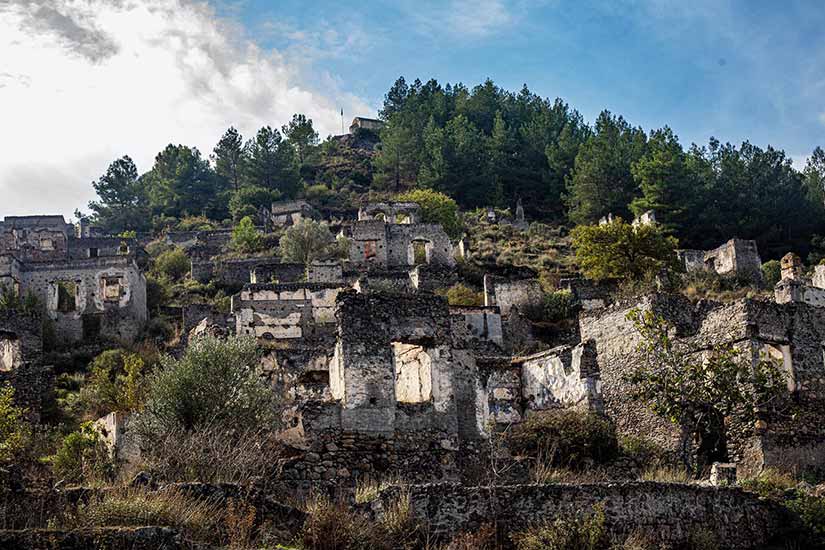Adverts
Exploring the world means opening up to a universe of cultural traditions that challenge the imagination and transport us to enchantingly unusual realities. Between ancestral dances and peculiar ceremonies, the planet holds surprises that make us rethink the very definition of culture. In this diverse scenario, festivals and rituals stand out that go far beyond the conventional, inviting us to participate in unique experiences, where strangeness becomes a portal to understanding the rich tapestry of humanity.
Imagine yourself in the heart of Spain, where the quiet town of Buñol is transformed into an unusual battlefield during the famous La Tomatina. Every year, tons of tomatoes are thrown in an explosion of color and joy, uniting locals and tourists in a chaotic and unforgettable celebration. This is just one example of how festivities can transcend the ordinary, creating memories that are forever etched in the minds of those who participate.
Adverts
Traveling further along the map of extraordinary traditions, we find practices that defy even the most fertile imagination. In southern India, a curious ritual of simulated marriage between humans and trees comes to life, with the aim of warding off bad omens and attracting good luck. This practice, full of symbolism and reverence for nature, reveals the deep connection between communities and their ancestral beliefs, demonstrating that the unusual can be a powerful expression of faith and cultural identity.
By immersing ourselves in these traditions, we open a window into a world where social norms are challenged and human creativity knows no bounds. Each festival and ritual carries with it a unique story, echoing the values and spirituality of the communities that preserve them. Through this cultural journey, we can learn to value and respect diversity, finding beauty and meaning in the most surprising places. 🌍✨
Adverts

La Tomatina: The Festival of Flying Tomatoes in Spain
La Tomatina is one of the most vibrant and unusual festivals that takes place in the town of Buñol, Spain. Every year, on the last Wednesday of August, thousands of people from all over the world come together to take part in this extraordinary tomato battle. 🥳 This peculiar tradition began in 1945 and continues to be one of the most anticipated events of the Spanish summer.
Preparations for the festival are intense. Trucks loaded with tons of tomatoes, specially grown for the occasion, enter the city as participants prepare for an hour of pure fun. The rule is simple: everyone must crush the tomatoes before throwing them, to avoid injury. The city turns into a real battlefield, with tomatoes flying everywhere. The event is seen as a great opportunity to release tension and have fun in a carefree environment.
In addition to the entertainment aspect, La Tomatina has a significant economic impact on Buñol. The festival attracts tourists from all over the world, which contributes to the local economy, filling hotels, restaurants and shops. The event is so popular that tickets are limited and often sell out quickly. The logistics behind organizing it include not only distributing the tomatoes, but also cleaning up the town after the festival, a monumental task that is completed in just a few hours thanks to the joint efforts of the local community.
Recommended Articles:
Mock Tree Weddings in India
In India, a unique tradition occurs in certain regions where mock marriages with trees are performed to resolve astrological and spiritual beliefs. 🌳 This practice is especially common among women who, according to Hindu astrology, were born under the influence of Mangal Dosha, a condition believed to bring misfortune to marriage.
To counteract this influence, the woman is “married” to a tree, usually a sacred fig or banana tree, before marrying her actual human partner. The ceremony is conducted in a manner similar to a traditional wedding, with specific rituals and prayers. The symbolic act of “marrying” the tree serves as a way to appease the gods and remove any astral obstacles.
While the practice may seem strange to Western eyes, it is deeply rooted in India’s cultural and spiritual traditions. In addition to its spiritual significance, tree weddings also reflect a deep respect for nature, symbolizing the connection between humans and the environment. This ritual is a fascinating example of how cultures around the world combine ancient beliefs with modern practices.
Unique Festivals Around the World
The Cheese Festival in Gloucester, England
Another interesting event is the Gloucester Cheese Festival, where participants race down a steep hill behind a rolling wheel of cheese. This annual event attracts international competitors, all eager to capture the cheese and win the race. Despite its obvious risks, with injuries often occurring, the tradition remains strong. The competition dates back to the 19th century, but it is believed to have even older roots.
This festival is a celebration of sportsmanship and camaraderie, with spectators cheering on the brave competitors as they throw themselves down the hill. The logistics of the event include not only ensuring the safety of the participants, but also organising side activities such as food fairs and live music, which add a festive touch to the day.
The Las Fallas Fire Festival in Valencia, Spain
Las Fallas is a spectacular fire festival held annually in Valencia, Spain. During the event, huge papier-mâché sculptures are erected throughout the city. On St. Joseph's Day, these sculptures are set ablaze in a grand pyrotechnic display. The festival is a combination of art, culture and tradition, celebrating the arrival of spring with light and color.
Preparations for Las Fallas begin months in advance, with artists and craftsmen working hard to create the elaborate sculptures. These depict themes ranging from political satire to cultural references. The nights in Valencia during the festival are filled with fireworks, music and parades, creating an atmosphere of pure celebration. It is an event that demonstrates the passion that Valencians have for their culture and history, attracting thousands of visitors every year.
Other Fascinating Cultural Traditions
The Bride Race in Riga, Latvia
The Riga Bride Run is a competition where women dressed as brides run through the city streets. The event is both a race and a parade, with participants sporting elaborate wedding attire. While the prize money may be modest, the real goal is to have fun and celebrate the local community.
The race’s logistics include road closures and route planning to ensure the safety of the competitors. In addition, the race is accompanied by live music and city-wide festivities. This unique event is an example of how cultural traditions can be adapted to create new forms of community celebration.
The Elephant Festival in Jaipur, India
At the Jaipur Elephant Festival, elephants decorated with colorful paint and lavish decorations parade through the city. The festival takes place during the Holi festival and includes elephant polo competitions, parades, and traditional dances. 🐘
The elephants are lovingly groomed for the festival, receiving special care and magnificent adornments. The event highlights the cultural and historical importance of elephants in India, as well as promoting tourism in the region. The combination of visual beauty and cultural significance makes this one of the most memorable festivals in India.
Curiosities About Cultural Traditions
- In some regions of Indonesia, there is a tradition called “Ma'Nene”, where the dead are disinterred and dressed in new clothes, celebrating a continued connection with ancestors.
- The “Kanamara Matsuri” in Japan is a festival that celebrates fertility, with parades and sculptures of phallic shapes.
- In Thailand, the “Monkey Festival” celebrates local primates with an elaborate feast, expressing gratitude for their presence and spiritual symbolism.
These traditions demonstrate the diversity and richness of cultures around the world, each with its own meaning and purpose. By exploring these practices, we can gain a deeper understanding of the stories and values that shape entire societies.
Conclusion
Discovering the strange and fascinating cultural traditions that still occur around the world is a true journey into human diversity. Curious festivals like the Tomatina in Spain, where thousands of people gather to throw tomatoes at each other, are not only a visual spectacle, but also a symbol of unity and celebration. 🌍 In addition, practices like mock tree weddings, seen in some Indian cultures, reflect deep beliefs in the harmony between nature and humanity.
These traditions, while they may seem unusual at first glance, are a rich tapestry of stories and values that go back centuries. For example, while flying tomatoes may represent a historical protest, marrying a tree may symbolize the purification of energies. So by exploring these customs, we gain a deeper appreciation for how different cultures view the world.
In conclusion, by celebrating these traditions, we not only preserve cultural heritage but also foster intercultural understanding. ✨ So, the next time you witness or participate in one of these events, remember that you are participating in an ancient dance of cultural diversity and innovation. After all, it is these traditions that, in many ways, connect us all as a global community.




